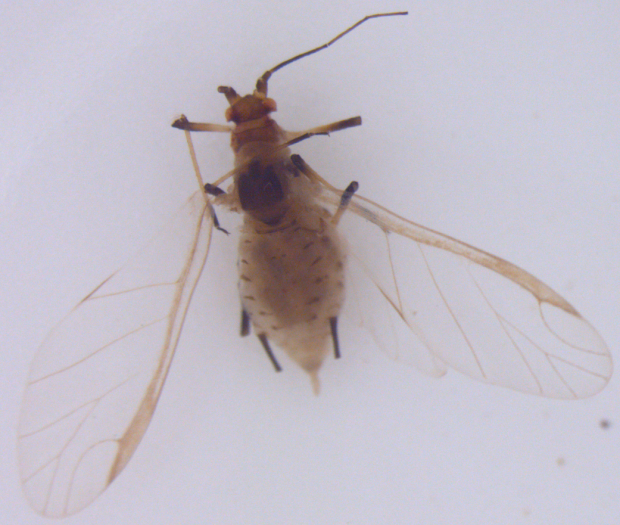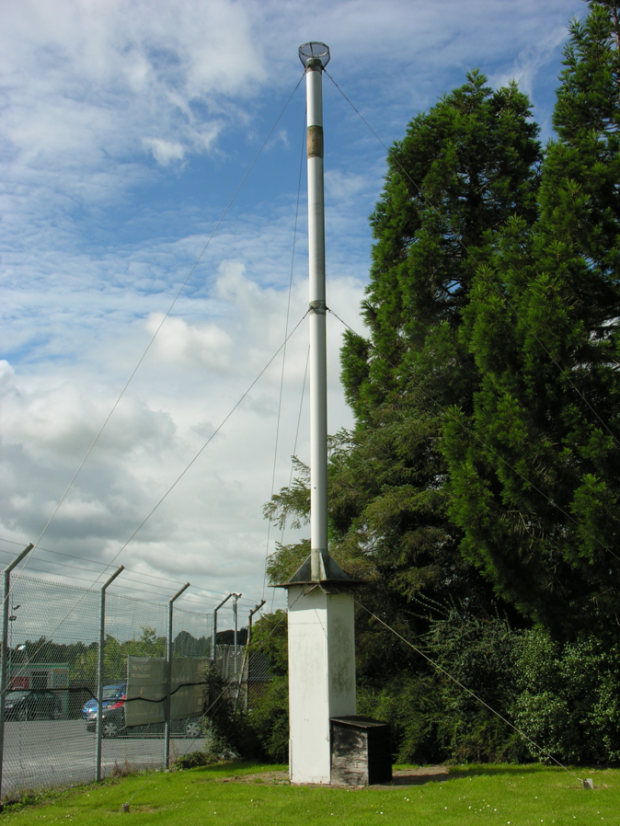Return To Aphid Monitor Homepage


A number of aphid species commonly occur on cereals in Northern Ireland during April to September, including:
- Bird cherry-oat aphid (Rhopalosiphum padi)
- Rose-grain aphid (Metapolophium dirhodum)
- Grain aphid (Sitobion avenae)
- Blackberry aphid (Sitobion fragariae)
Fescue aphid (Metapolophium festucae)
Aphids may cause significant yield loss by direct feeding damage, but as efficient virus vectors they may also transmit viral disease, which increases their pest significance. Bird cherry-oat aphid and grain aphid are both important vectors of barley yellow dwarf virus (BYDV).
BYDV is an important disease of cereals in which the early symptoms of yellowing leaf tips are observed on individual plants. The yellow colouration continues along the leaf and clusters of plants become stunted throughout the crop. Young plants are most susceptible to infection. Consequently, the time of sowing for spring and winter cereals is important with regard to susceptibility to infection.

AFBI staff monitor aphid migration using a 12.2m suction trap which is representative of aphid populations across a 100km radius. Daily trap catches are examined for the presence and abundance of aphid species which are pests of cereals and an aphid dashboard is updated to provide growers with trends in aphid activity.
Crops at risk
Late-sown spring crops are most susceptible to infection, owing to the prolonged exposure to migrating aphids.
Early-sown winter crops, particularly in mild autumns, are also most susceptible as vulnerable growth stages are exposed for longer to migrating aphids such as the bird cherry-oat aphid, an important vector of BYDV.
Early summer infestations by grain aphid or rose-grain aphid may cause substantial yield loss. Aphid infestations before flowering may reduce grain numbers, subsequent infestation will reduce the size of the grain. Grain aphids infest the ear and upper leaves, whereas rose-grain aphids infest the underside of leaves. Insecticide application may be required if more than 50% of tillers are infested before flowering, or 60-70% of tillers are infested between flowering and grain-fill. However, treatments should only be applied if aphid numbers are increasing. Weather conditions and the presence of biological control agents may reduce populations significantly.
In spring crops, following mild winters, BYDV may be transmitted to late-sown crops by winged aphids.
Cereal crops following grass are also susceptible to “Green Bridge” transmission which occurs in cereal crops following grass and where aphids migrate from grass and weeds to the emerging cereal crop.